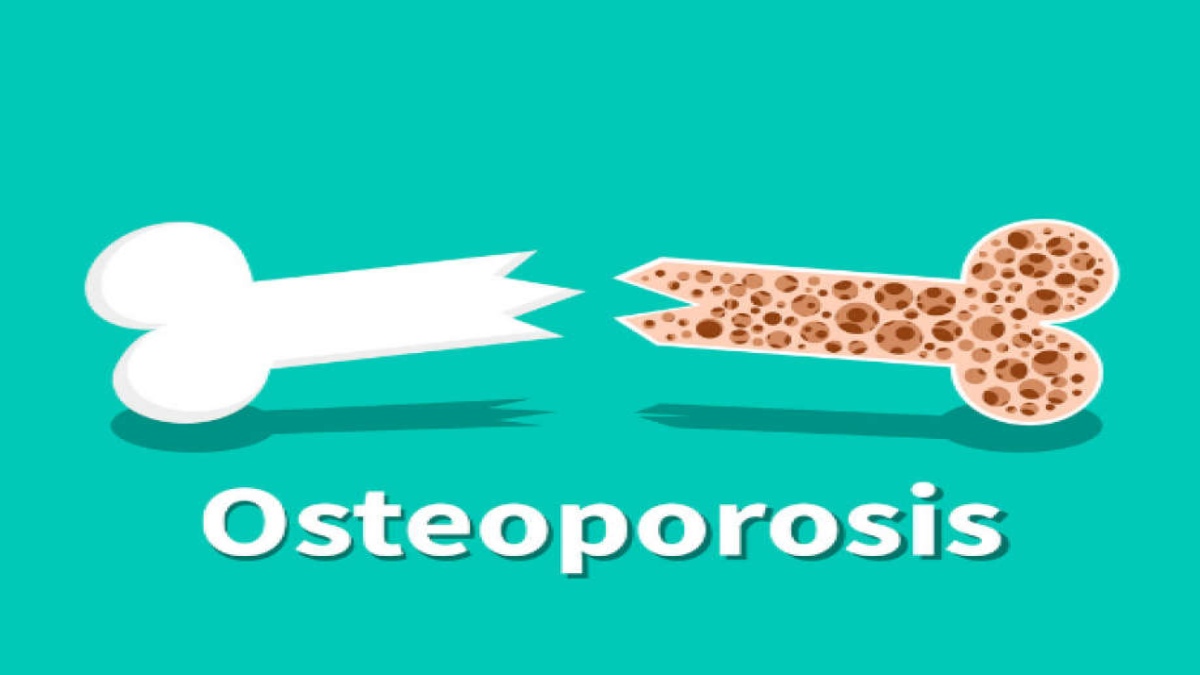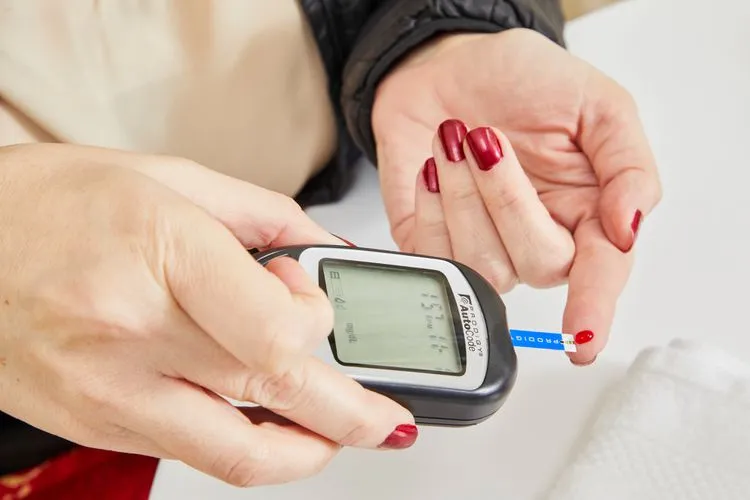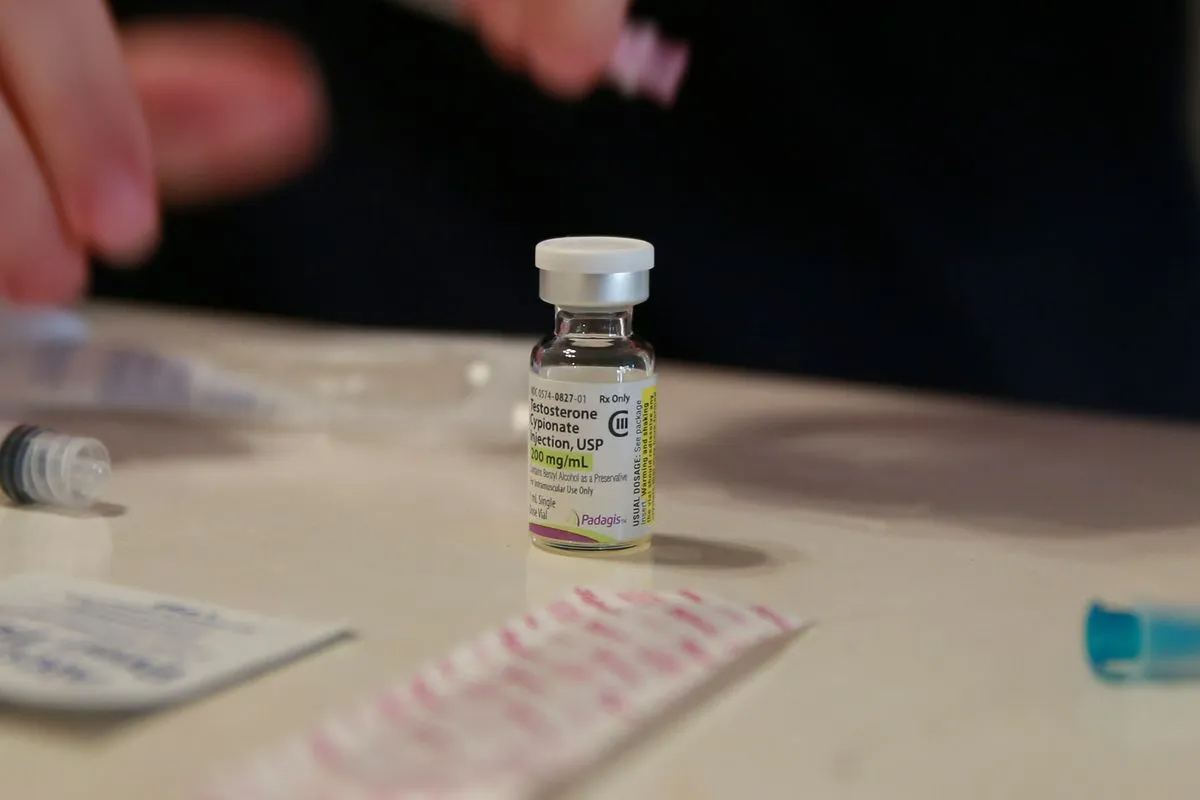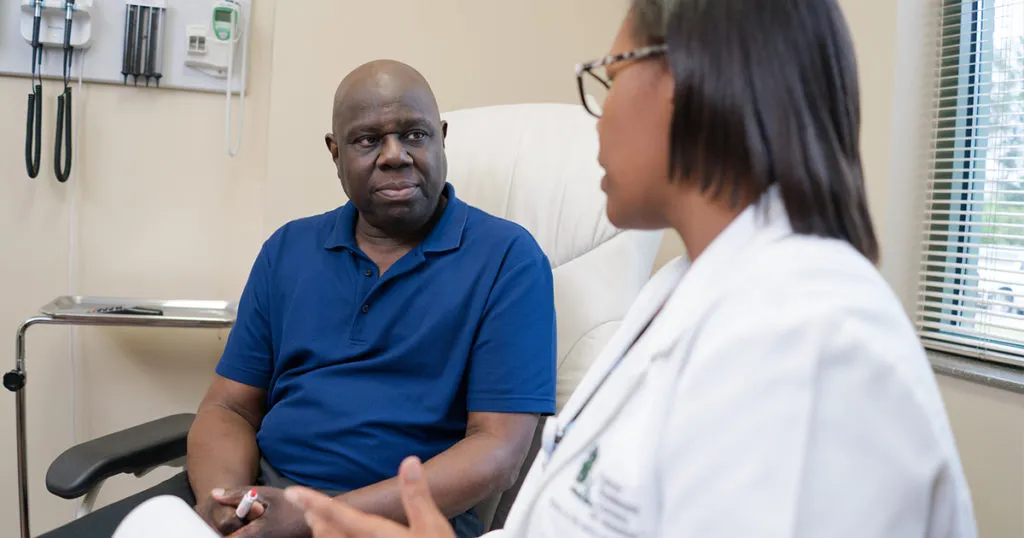Data suggests that 20% of women over the age of 50yrs are highly susceptible to Osteoporosis in India alone. Globally approximately 200 million people are estimated to be affected by the disease. Now you might wonder, what is this condition affecting millions worldwide and, more so, women significantly?
Osteoporosis, simply put, translates to porous and weak bones. This state also means the individual has less bone mass, thus making them more prone to frequent fractures. A person’s risk of the disease increases with age, i.e., 50 in most cases. In the case of women, menopause is a primary risk factor. Some other lifestyle choices which put you at the peril of Osteoporosis include smoking, excessive and frequent alcohol intake, sedentary lifestyle, no Calcium, Vitamin D and other necessary minerals, nutrients in your diet, protein deficient diet.
One can’t usually figure out whether they have Osteoporosis; it is only evident after high-impact painful fractures and through diagnostic tests. So which test must one undergo to understand whether they have Osteoporosis? The answer is Bone Density Test. Here, X-rays are utilised to measure the strength of bone and its fragility. Usually, the forearm, hip, thigh (femur) and spine are examined in a Bone Density Test (BDT). These are the most vulnerable areas for Osteoporosis.
Types of Bone Density Test: The most common and accepted test to diagnose Osteoporosis is the Central DXA (Dual-energy X-ray Absorptiometry), where pictures of the lumbar spine and hips are produced to determine bone loss. It can be used for other parts of the body as well. There is Quantitative Computed Tomography too, but it is less practised as it has higher amounts of radiation and is expensive.
Alternatives to DXA include: Peripheral Dual-energy X-ray Absorptiometry (pDXA) for the wrist and heel; Quantitative Ultrasound (QUS) to measure the bone density in the heels; Peripheral Quantitative Computed Tomography (pQCT) for the wrist.
WHY IS THE BONE DENSITY TEST DONE?
Diagnosing Osteoporosis
The test checks if the treatment of Osteoporosis is helping or improving the condition. The scan further helps to conclude whether the individual is going to develop fractures in the future.
WHEN SHOULD ONE GET CHECKED?
If you are past the age of 50yrs; the age group of 50-65yrs is a vulnerable one. You should get checked if your body structure is petite and thin, as low weight individuals are at a greater risk of Osteoporosis; If you are a postmenopausal woman; should you have Rheumatoid Arthritis; it is best to get a Bone Density Test done; family history of Osteoporosis, hip fracture, and smoking; have hyperthyroidism and have consumed Corticosteroid drugs for more than three months.
The DXA test is non-invasive and doesn’t cause any pain. However, repeated exposure to radiation is not recommended. Thus lead a healthy lifestyle, take adequate protein, calcium and vitamin D, do regular impact loading exercises and keep your bones strong.
The writer is a Director-Orthopedics & Joint Replacement Surgery, Fortis Hospital, Mulund























